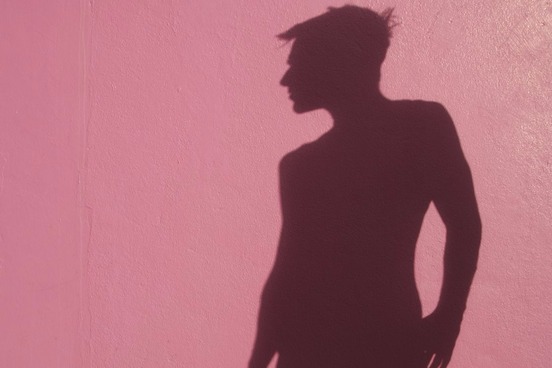
Pink
Many colors take their names from plants and animals. Though nowadays we associate the word pink with the light-red color, the original meaning of this particular pink refers instead to a flower of the genus Dianthus. Those pinks have a range of colors, however, from white to deep red and everything in between. It took about 100 years for the name of the flower to be applied to the name of the colors found in the flowers.
Etymologists aren’t sure where the flower pink comes from. Some sources suggest it’s taken from an earlier verb pink that means “to wink,” as some pinks do look like the irises of eyes. Other sources suggest that it’s taken from a different verb pink that means “to perforate in an ornamental pattern,” and which refers to the jagged edges of most pinks.
But pink hasn’t always been pink. There is an earlier color that was called pink: it was a greenish yellow.
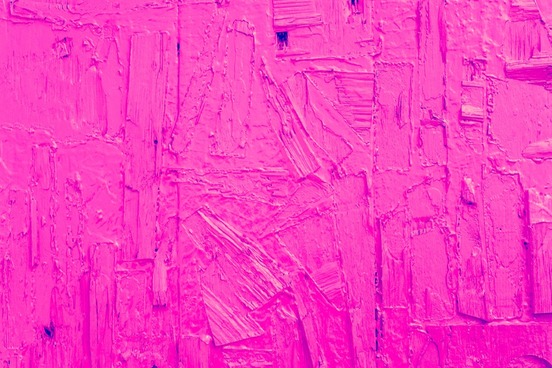
Fuchsia
Fuchsia, a vivid reddish purple that straddles the line between purple and pink, is also named for a flower: a genus of decorative shrubs that are tropical in origin but which are commonly raised as houseplants.
The word fuchsia is a favorite in spelling bees because the pronunciation (here: play ) doesn’t at all match the spelling. There is a reason for the mismatch. The plant (and hence the color name) are taken from the name of the German botanist who discovered the genus: Leonard Fuchs.
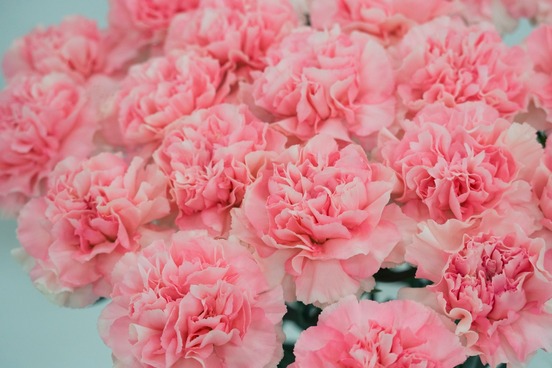
Carnation
You would think that carnation, a type of pink color, would also take its name from the flower we call a carnation. But it’s actually the other way ‘round: the flower takes its name from the color.
When carnation was first used in English, it referred to a color that was variable, but tied ultimately to the color of white skin:
[flowers] ...of a carnation or fleshly colour like the colour of mans body.
— Rembert Dodoens, A niewe herball, or historie of plantes, tr. Henry Lyte, 1587
The name itself comes from the Old Italian carne, which means “flesh.”
Over time, the association between carnation and white skin narrowed to refer specifically to pink; at the same time, the name carnation was being given to the familiar flowers, which during the 16th century were a number of colors, from white and pale yellow to deep red.
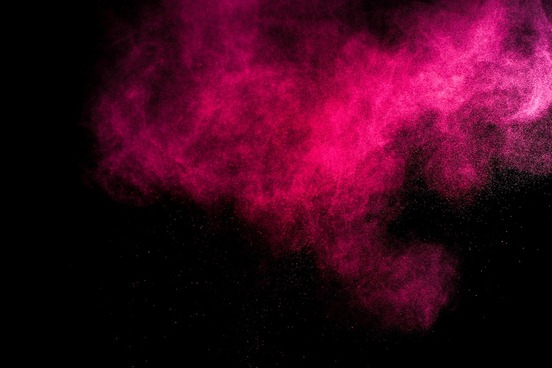
Magenta
While many colors take their names from plants and animals, some take their names from places. This is the case with magenta, which is a deep purplish red.
When magenta first came into English in the 1800s, it didn’t refer to the color: it referred to a dye that was also called fuchsin. Fuchsin is an aniline dye that is commonly used in science as a cytoplasmic stain: it typically produces a vivid pink or purple color.
How did the dye fuchsin come to be called magenta? Magenta is the name of a town in northern Italy—but it is not the discovery place of the dye. Magenta is the site of a June 1859 battle between the Austrian and Franco-Sardinian armies in which Napoleon III was victorious. Magenta dye was discovered shortly after the battle and named magenta in honor of it.
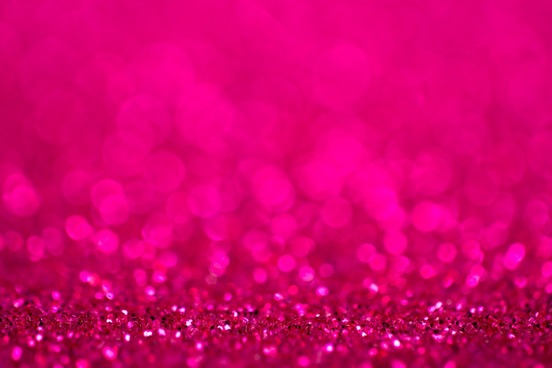
Hot Pink
Hot pink is the name of a searingly bright pink that most of us associate with the fashion of the early 1980s. But hot pink made its debut long before that:
Choice of 21 new shades, including ‘Hot Pink’, a new color success for Spring.
—advertisement, San Antonio (TX) Express, 4 Feb. 1940
Hot in this sense means “suggestive of heat or of burning or glowing objects” or “very bright,” and while it’s most often paired with pink, we have historical evidence for hot purple, hot red, hot orange, and, generally, hot colors.
But sometimes what’s hot is, well, not. Here is the first written evidence we’ve found for hot pink:
Then, never was seen living woman so gratuitously ill-dressed! One might have believed she had a sworn antipathy to pure colours, or becoming “cuts.” Hot pink, mouldy blue, livid lilac, and diseased green: such were her preferences …
—Bentley’s Miscellany, 1849
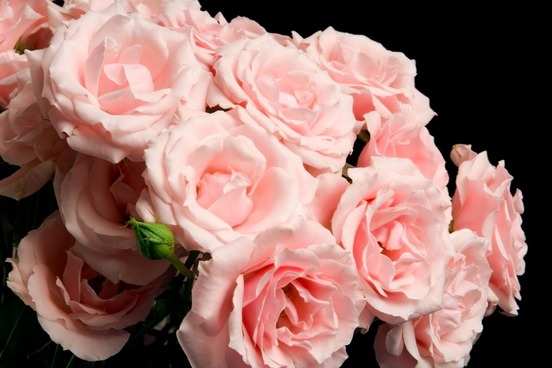
Baby Pink
There are plenty of pinks on the non-searing end of the spectrum, including everyone’s favorite: baby pink. Our Unabridged Dictionary compares it to shell pink, petal pink, and opera pink—all dainty and delicate colors.
You likely associate dainty and delicate with baby pink because it is nowadays the color we associate with baby girls. But that has historically not been the case. In fact, one of our first written uses of baby pink is in reference to a man, and he’s presented as anything but dainty or delicate:
He'd made a fine ad. for a physical culture school, just as he stood; for he's well muscled, […]. The cold water had brought out the baby pink all over him, and he looked like one of these circus riders does on the four sheet posters.
—Sewell Ford, Shorty McCabe, 1906
Baby pink, regardless of its name, has nothing to do with how we dress babies, but to the pink color associated with a healthy newborn. When baby pink came into written use, it was common for boys to be dressed in pink, and girls to be dressed in blue. “The generally accepted rule is pink for the boys, and blue for the girls,” notes a 1918 article in Earnshaw Infant’s Department. “The reason is that pink, being a more decided and stronger color, is more suitable for the boy, while blue, which is more delicate and dainty, is prettier for the girl.” The modern inversion of those color preferences didn’t occur until the 1940s, long after baby pink had entered the language.
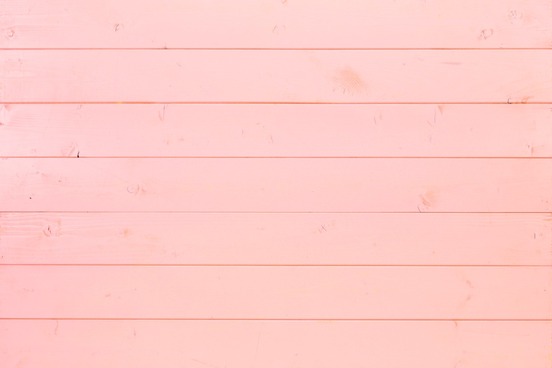
Baker-Miller pink
This year, pop culture introduced us to a brand-new pink, and you can credit or blame Kendall Jenner for making Baker-Miller pink the It Color of early 2017.
In January, the model and TV personality posted a picture of her room to Instagram, along with the caption “Baker-Miller Pink is the only color scientifically proven to calm you AND suppress your appetite. I was like, “I NEED this color in my house!”. I then found someone to paint the room and now I’m loving it!” Baker-Miller is apparently a strong medium pink, according to Jenner’s Instagram post.
Jenner’s claims were based on the results of a color experiment carried out in the 1970s by Dr. Alexander D. Schauss. In 1978, and at the behest of Dr. Schauss, the Washington State Department of Corrections agreed to paint the walls and ceilings of its jails a pink that Dr. Schauss suspected might suppress aggression. Dr. Schauss studied the effects the color had on inmates after 15 minutes of exposure to the pink cells, and determined that exposure to the color decreased violent or aggressive behavior. He named the color Baker-Miller pink after DOC commander and warden who agreed to the scheme. Later studies of Baker-Miller pink claimed that it also helps suppress the appetite.
The problem scientifically is that these two studies haven’t really been replicated on a large enough scale to definitively prove such claims, and modern color psychologists are wary of ascribing too much weight to the results: they aren’t quite robust enough. On the other hand, psychologist and John Maule from the University of Sussex’s Sussex Colour Group says, “If she [Jenner] feels less hungry within these walls, I wouldn’t deny her that.”





